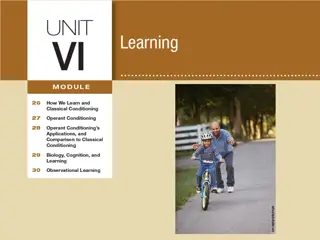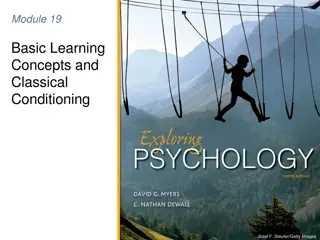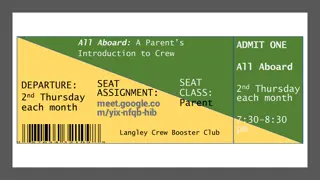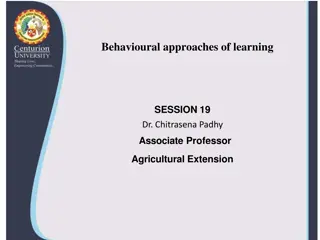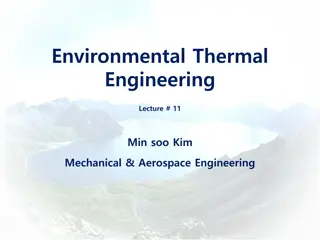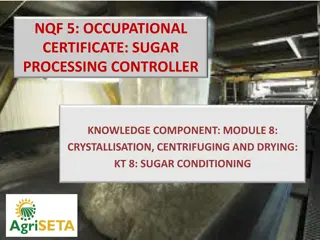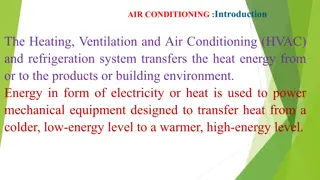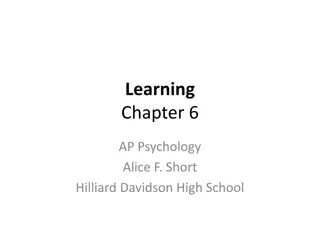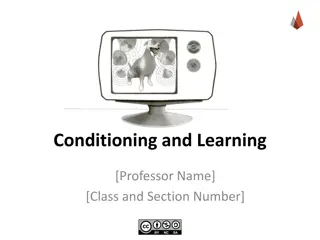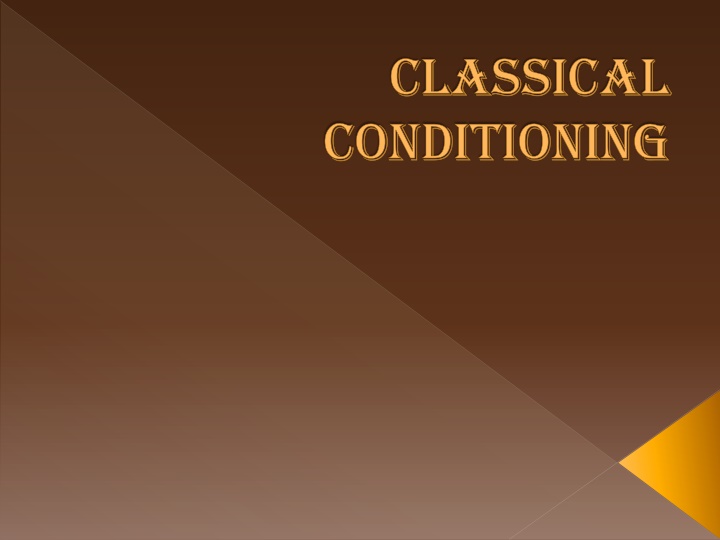
Key Processes in Learning and Conditioning
Explore the concepts of classical conditioning, learning, stimulus vs. response, types of learning (non-associative and associative), and classical conditioning in-depth. Gain insights into how organisms adapt and respond to various stimuli through different learning mechanisms.
Download Presentation

Please find below an Image/Link to download the presentation.
The content on the website is provided AS IS for your information and personal use only. It may not be sold, licensed, or shared on other websites without obtaining consent from the author. If you encounter any issues during the download, it is possible that the publisher has removed the file from their server.
You are allowed to download the files provided on this website for personal or commercial use, subject to the condition that they are used lawfully. All files are the property of their respective owners.
The content on the website is provided AS IS for your information and personal use only. It may not be sold, licensed, or shared on other websites without obtaining consent from the author.
E N D
Presentation Transcript
Classical Conditioning
Learning Learning is a key process. Learning is when you learn something. Learning is a any relatively permanent change in behavior that occurs as a result of practice or experience.
So we can say learning is- Relatively permanent Change in a behavior (for better/worse) It does not apply on temporary change in behavior ( illness, fatigue, drugs) It does not refer to change resulting from maturation or growth
Stimulus Vs. Response Stimulus Any event or situation that evokes a response / Stimulus is anything in the environment that can be detected by the senses. Response An response is a reaction to an experience, or some other type of stimulus and results in a change behavior
Types of Learning Non-Associative Habituation & Sensitization Associative Classical conditioning & Operant conditioning
Non Associative Learning -- As the name suggest this type of learning does not rely on the association between two or more objects or events but rather occurs when repeated exposure to the same stimulus alters how an person/animal responds to that stimulus. Two major types (a) Habituation The process of habituating, in which individuals pay less attention to a stimulus after it is presented to them over n over again. (b) Sensitization The process of sensitization occurs when repeated exposure to a stimulus increases responsiveness this process is called sensitization.
Associative Learning --Occurs when one object or event becomes associated with another object or event. -- It is more complicated than non-associated learning because it involves learning relationship among events Classical Conditioning In classical conditioning an organism learn that one event follow another. Instrumental/ Operant Conditioning In operant conditioning an organism learn that a response it makes will be followed by a particular consequence.
Classical Conditioning Classical Conditioning -Ivan Pavlov John B. Watson (Behaviorism)
Who is Ivan Pavlov? -Russian Physiologist (1849-1936) -Noble Prize winner(1904) -Heavily influenced by Charles Darvin -First to study Classical Conditioning -First type of learning to be studied systematically. -His work set the foundation for J.B.Watson (Behaviorism) -Pavlov s greatest contribution to psychology is isolating elementary behaviors from more complex ones through objective science behavior.
It makes your mouth watering : Classical Conditioning Pavlov associated the ringing bell with the presence of powdered meat . He rang the bell every time the dog were served food. Pavlov started ringing the bell and the dog would salivate without the powdered meat being present. Thus, a learned reflex. Reflex An unlearned, involuntary response that is not under personal control or choice, one of many that occur both animals and in humans. Eg.The food cause a particular reaction, the salivation . Classical conditioning- learning to make an involuntary response to a stimulus other than the original, natural stimulus that normally produce the response
Elements of Classical Conditioning Neutral Stimulus (NS) Unconditioned Stimulus (UCS/US) Unconditioned Response (UCR/UR) Conditioned Stimulus (CS) Conditioned Response (CR) A dog Dog food Metronome(bell)
Neutral Stimulus In classical conditioning a stimulus that elicits no response before conditioning.. e.g. the bell sound
Unconditioned Stimulus (UCS) In classical conditioning, a naturally occurring stimulus that leads to an involuntary and unlearned response. Eg. The powdered meat
Unconditioned Response (UCR) In classical conditioning an involuntary and unlearned response to a naturally occurring or unconditioned stimulus. Eg Salivation.
Conditioned Stimulus (CS) In classical conditioning, a previously neutral stimulus that become able to produce a conditioned response, after pairing with an unconditioned stimulus. Eg. after conditioning metronome(the bell sound)
Conditioned Response (CR) In classical conditioning, a learned response to a conditioned stimulus. Eg. salivation
An unconditioned stimulus (UCS) is always followed by an unconditioned response (UCR), and a conditioned stimulus (CS) is always followed by a conditioned response (CR)
Stimulus Generalization The tendency, once a response has been conditioned, for stimuli similar to the conditioned stimulus to elicit similar responses
Extinction: disappearance or weakning of a learned response or absence of UCS
Spontaneous Recovery: the reappearance of learned response
High Order Conditioning Occurs when a strong conditioned stimulus is paired with a neutral stimulus, causing the neutral stimulus to become a second conditioned stimulus
Classical Conditioning applied to Human Behavior Phobias Conditioned emotional response Desensitize
Phobias J.B.Watson Little Albert
Mary Cover Jones: Desensitize -A student of J.B.Watson - Researched learned phobias - Famous experiment; Peter and the rabbit - Desensitization-used to cure phobias - For her Exposure Therapy J.B.Watson call her Mother of Behavior Therapy
Thank You Thank You







